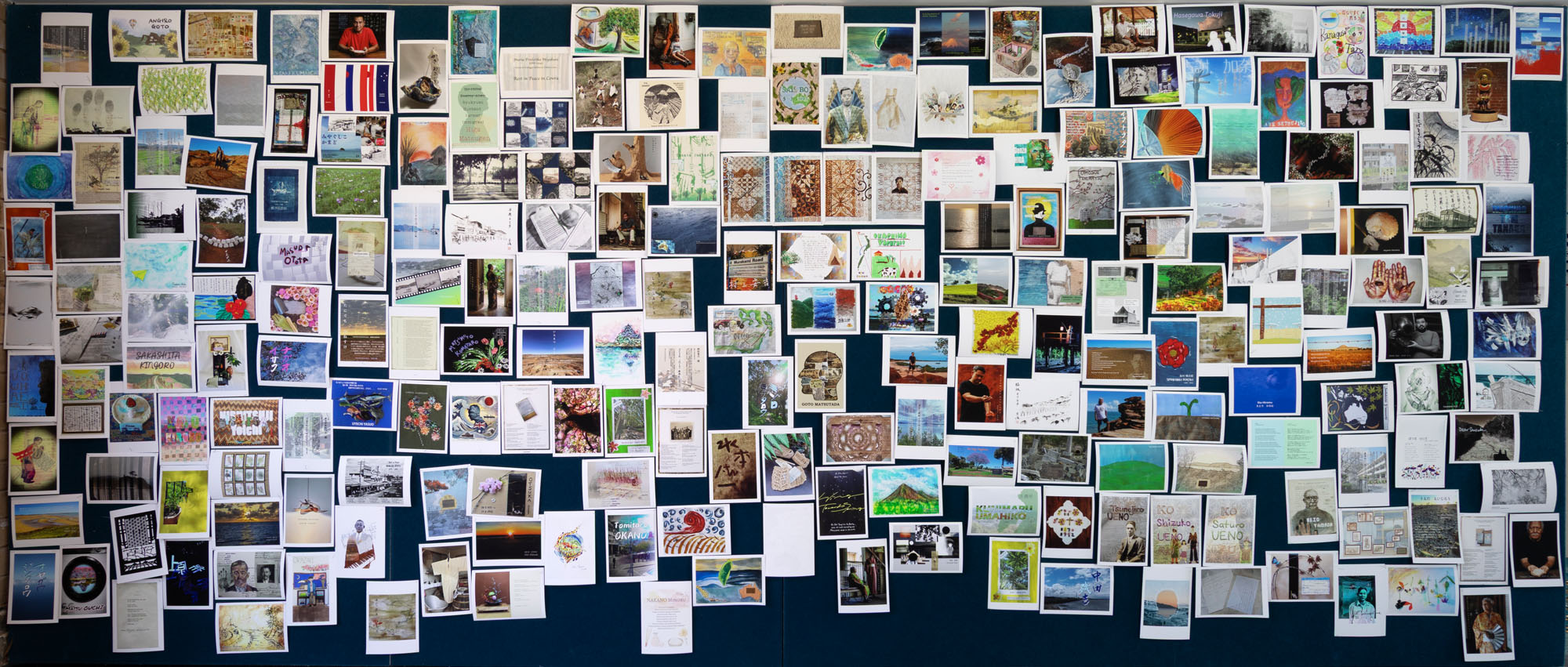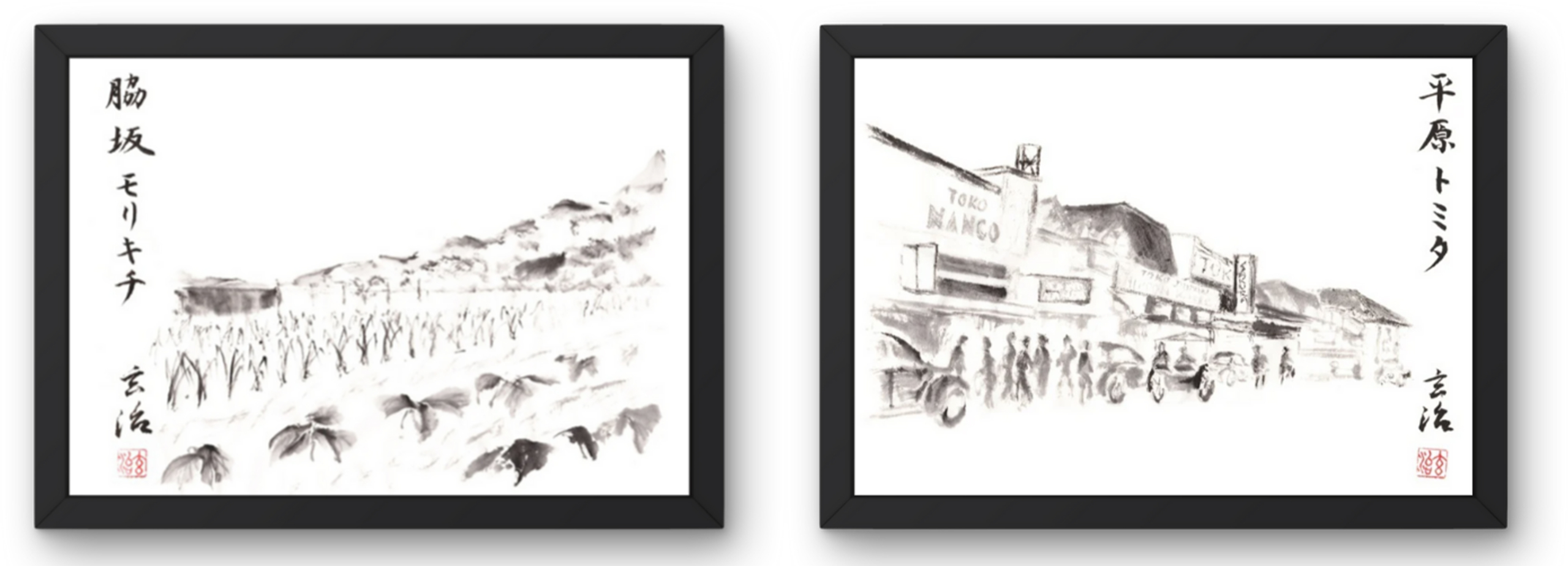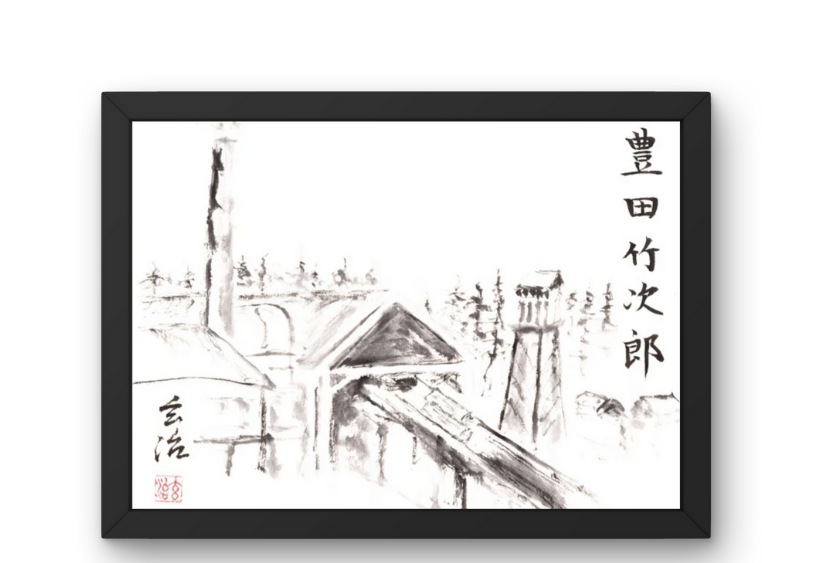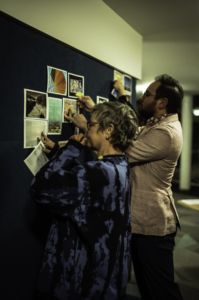When You Call My Name – Art Exhibition
By Mayu Kanamori
About a hundred people from all over Australia gathered at the Australian National University for the launch of the inaugural exhibition of the project WhenYou Call My Name. The collaborative project brought together 166 artists who created 225 works, each commemorating one of the 208 Japanese civilians who died in Australian internment camps during WWII.
They were mostly Japanese born civilians from New Caledonia, the Dutch East Indies, New Guinea, Tonga, New Zealand and Australia, although some of the internees were from Taiwan and Korea, who were included among the Japanese because both Taiwan and the Korean Peninsula were under Japanese rule during the Pacific War. Others included Thai students in New Zealand who died in a plane crash on their way to be interned in Australia.
The title of the project comes from the saying that we die twice: first with our physical death, and second when our name is spoken for the last time. With this in mind, over the past year the project facilitators called on their respective communities to take part in this collaborative work.Each participant was given information about a particular deceased internee to ‘adopt’ and was asked to respond with an artwork or a photograph of a work. The only requirement was that the piece include the name of their ‘adopted’ internee.
The participants included professional artists, poets, students, children, teachers, actors, and others who wished to remember these people. They came from more than 15 countries, including Australia, New Zealand, Japan, Taiwan, Canada, the United States, Germany, Malta, Vanuatu, and Tonga. Many participants were members of the Past Wrong Futures Project and Nikkei Australia.
At the launch, the guests gathered in the exhibition room.The artworks were laid out on tables at the front, with a large rectangular board behind them. One by one, each guest took an artwork from the tables and pinned it to the board while listening to an audio artwork reciting the names of all the internees. This ritual echoed the Japanese Buddhist incense ceremony of oshōkō, in which guests offer incense to the deceased while listening to sutra chanting by a priest. In this way, the artworks were hung one by one to form a communal collage.
The result was a powerful collective collage of remembrance. Information about the internees, the artworks, and the participants can be found on the project website.
*PWFC partially funded the editing and proof reading for When You Call My Name.
When You Call My Name – Canada version
Michael Abe
I also participated in When You Call My Name. Here are my paintings that honoured two of these people. On the left is Morikichi Wakisaka, from Fukuoka, my maternal family’s home prefecture. He was a farmer in New Caledonia and died in Loveday Internment Camp in Australia. On the right is Tomita Hirahara from Oita, my paternal family’s home prefecture. He was a merchant in Kudus, Central Java, now Indonesia. He also died while interned in Loveday.

(Left) Morikichi Wakisaki, Fukuoka Prefecture, New Caledonia, Tatura Internment Camp, Australia. (Right) Tomita Hirahara, Oita Prefecture, Kudus, Central Java, Tatura Internment Camp, Australia.
I got to thinking, my great grandfather Takejiro Toyota who immigrated to Canada from Fukuoka in 1907 also died while interned, in the Slocan Internment Camp in the interior of BC. I often wonder what my life would be like if he had decided to immigrate somewhere else other than Canada. I am grateful for his choice.

Takejiro Toyota, Fukuoka Prefecture, Paldi, BC, Slocan Internment Camp, Canada
I paid homage to him in a painting of Paldi, the sawmill community near Duncan where our family was uprooted from. It is also the beginning of a continuation of When You Call My Name – Canada version to honour the 200 plus Japanese Canadians who died during their incarceration.
If there are any interested artists out there or if you have ancestors who died during internment in Canada, please let me know.
mkabe@uvic.ca



 Instagram
Instagram